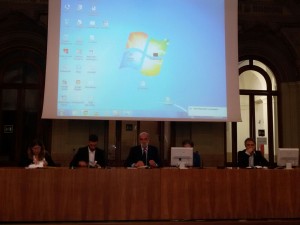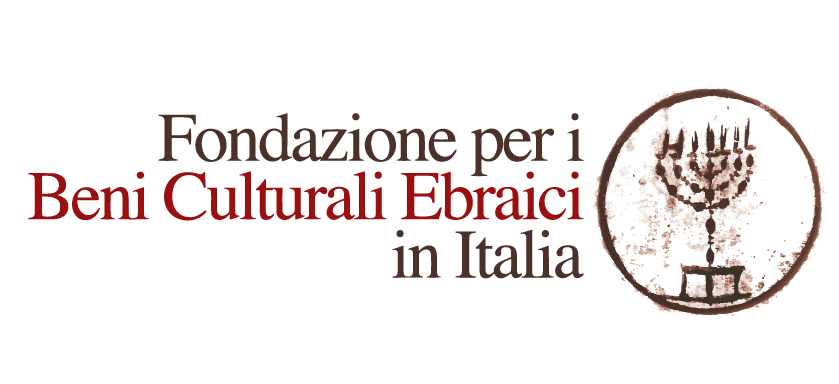 Moked, il portale dell’ebraismo italiano
Moked, il portale dell’ebraismo italiano
Can art and architecture represent the memory of the Holocaust? This was the complex question that opened the symposium “A journey to the places of Memory”, at the end of the Tzachor-Ricorda show, which showed how the winning design for the new Memoriale della Shoah to be built in Bologna was selected. Architects and scholars met in the city’s Salaborsa to discuss the various models and design projects in progress. Participants included the directors of the Foundation for Jewish Cultural Heritage in Italy – Luca Zevi, the designer of the Museo Nazionale della Shoah in Rome; the architectural historian Andrea Morpurgo, who presented a series of examples from around the world; Laura Fontana, Italy’s representative for the Mémorial de la Shoah in Paris – and SET architects, the group that won the tender for the Bologna memorial, consisting of Andrea Tanci, Chiara Cucina, Gianluca Sist, Lorenzo Catena and Onorato di Manno. The meeting, chaired by Luca Alessandrini, director of the Istituto Parri, was introduced by the president of the Jewish community of Bologna, Daniele De Paz, while other participants included FBCEI president Dario Disegni; Patrizia Gabellini, Bologna’s councillor for Town Planning, History and the Environment; Maurizio Mezzetti, Emilia-Romagna’s regional councillor for Culture; and Pier Giorgio Giannelli, chairman of the Board of Architects of Bologna. The conflict between the unspeakable nature of what happened during the Holocaust and the desire to express it, explained Morpurgo, “is an issue that artists and architects have always turned to, and their reactions are varied, just as the very concept of Memory varies over time”.
He described three types: while sometimes realistic representations were chosen, such as in Warsaw’s Monument to the Heroes of the Ghetto by Nathan Rappoport, or the Holocaust Memorial in Washington, on other occasions a metaphorical representation was opted for, in which “the architecture itself becomes a symbolic space”. Typical examples of this are the Jewish Museum and the Memorial to the Murdered Jews of Europe in Berlin, while the Stolpersteine, the stumbling blocks, were cited as examples of what Morpurgo called the “evoked Holocaust”. “All these designs,” said the architect, “show a complex desire to organize the historical and collective memory, and the first fundamental issue in this process is to set goals that can be represented, and that can remind us, move us and make us think”.
This is the context of the designs described by the various architects involved. Luca Zevi described his project for the Museo della Shoah in Rome, which will be built at Villa Torlonia, a place of great symbolic value, since it was the residence of Benito Mussolini for almost 20 years. It was designed with the idea of adapting not only the contents of the museum, but also the architecture itself, in order to transmit the memory of the Holocaust. This dual significance was also found in the Paris Memorial, described by Fontana, who told the unique story of how the history of the Centre for Contemporary Jewish Documentation, housed inside the memorial, already began in 1943, while the war was still being fought. It was then that the two founders, Isaac Schneersohn and Léon Poliakov, secretly began to gather documentary evidence on the eradication of European Jews.
Attention also naturally focused on the winning design in the tender for the Memoriale della Shoah in Bologna, which was described by the young architects involved. Their design involves the installation of two large high walls very close to each other, forming a narrow, evocative passage, at the centre of a large open space in the city. The monument will provide food for thought for the many people who pass through, even briefly, accepting the designers’ invitation “to enter into different dimension, a journey that starts with the historical drama of the holocaust, leading to a contemplation of the beauty of the urban landscape, from violence and death to life”.
f.m. twitter @fmatalonmoked
(9 October 2015)




